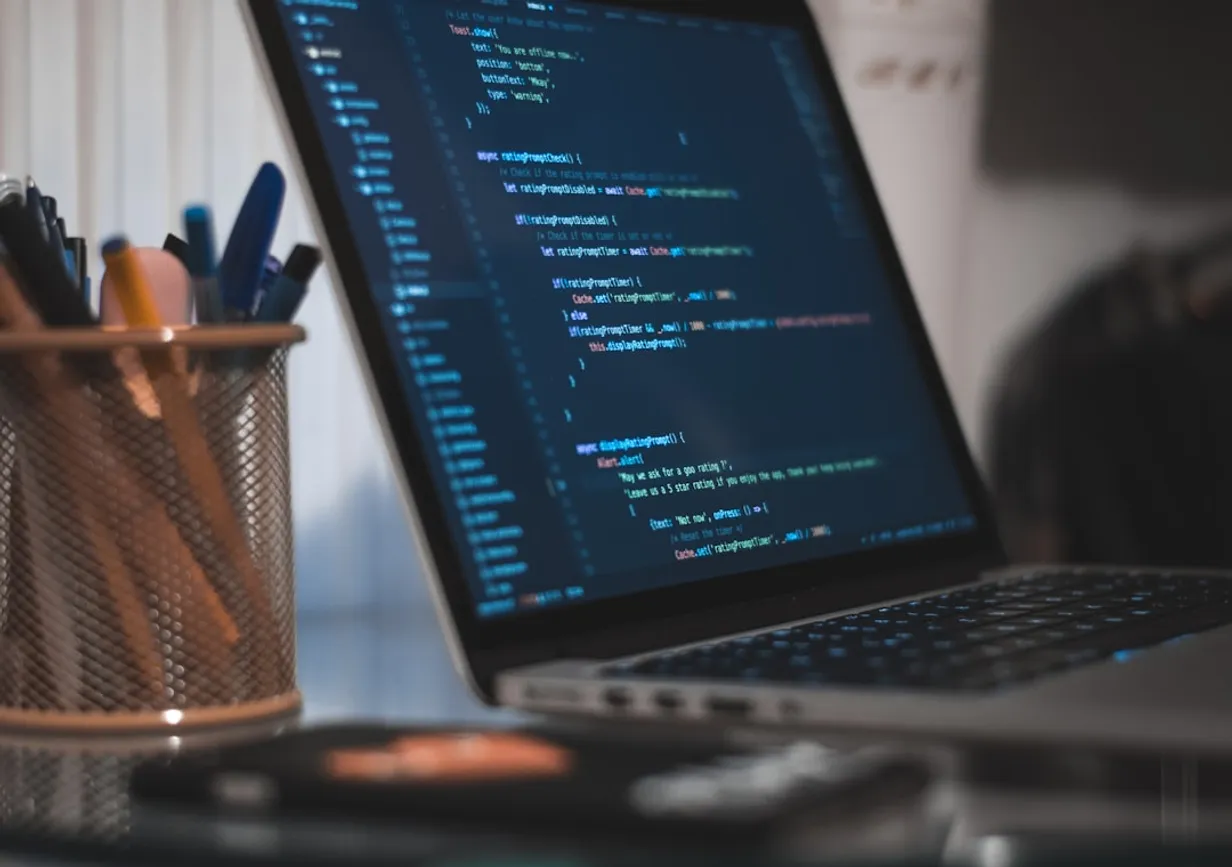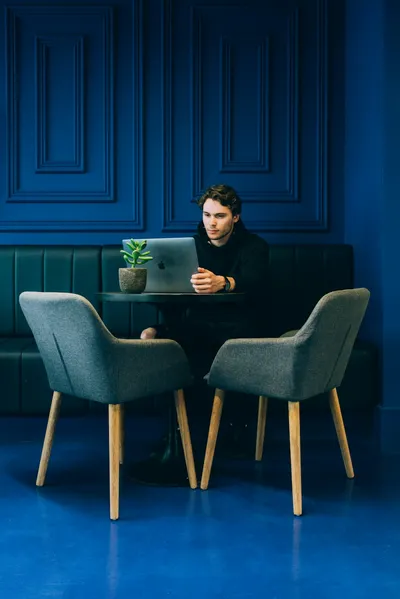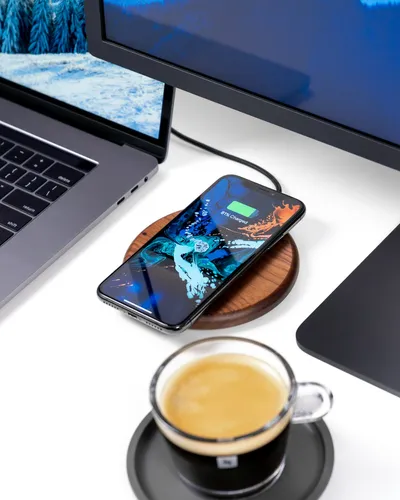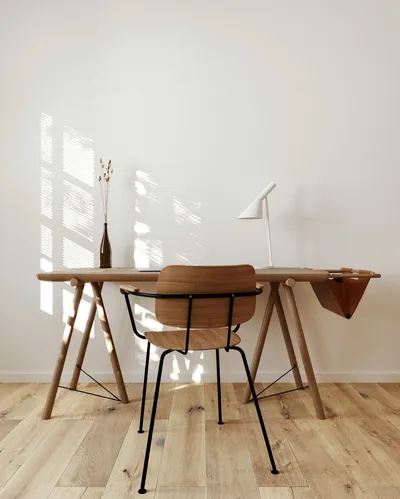
The Importance of Customization in Office Design
In today’s rapidly evolving business landscape, the concept of a one-size-fits-all office space is becoming increasingly obsolete. Customized office design is about creating environments that are tailored to the specific needs, culture, and values of a company. This approach not only enhances aesthetic appeal but also boosts productivity, employee satisfaction, and ultimately, success.
Understanding Client Needs and Culture
Before embarking on an office design project, understanding the client’s needs and company culture is paramount. This involves comprehensive consultations to identify the unique requirements and aspirations of the business. A well-designed office reflects a company's ethos, inspires its workforce, and aligns with its operational objectives.
Key Elements of Customized Office Design
Space Utilization
Effective space utilization is crucial in a custom office design. This involves the thoughtful planning of workstations, meeting areas, and communal spaces to ensure that all areas serve a functional purpose while fostering a seamless flow of movement. Open-concept spaces with flexible furniture options enable versatility that can adapt as the team grows.
Personalized Aesthetics
Color schemes, materials, and finishes are selected to resonate with the company’s brand identity. This extends beyond mere visual appeal; personalized aesthetics can enhance mood, encourage collaboration, and inspire creativity, playing a vital role in the work experience.
Incorporating Technological Advancements
Seamless Technology Integration
Incorporating the latest technological advancements is essential in contemporary office spaces. Technology should be seamlessly integrated into the design to support productivity, from smart desks and wireless charge points to virtual collaboration tools and interactive whiteboards.
Future-Proof Design
Anticipating the future needs of a workspace is a critical component of customized office design. This involves designing with flexibility and scalability in mind, ensuring that the space can accommodate evolving technological trends and changing workforce dynamics.
Focusing on Employee Well-being
Ergonomic Workstations
Prioritizing ergonomic design within workstations helps in reducing strain and enhancing comfort, contributing to employee well-being and productivity. Chairs with proper lumbar support, adjustable desks, and sufficient lighting are key components.
Creating Relaxation Spaces
A successful office design includes spaces for relaxation and rejuvenation, such as lounges or quiet zones, allowing employees to unwind. These areas encourage mental breaks and foster a creative and relaxed workplace atmosphere.
Conclusion
The art of office design is evolving, embracing customization to create spaces that are uniquely tailored to the specific needs of businesses. By understanding client requirements, utilizing space effectively, integrating technology, and focusing on employee well-being, customized office designs not only enhance the work environment but also drive business success in dynamic and meaningful ways.



